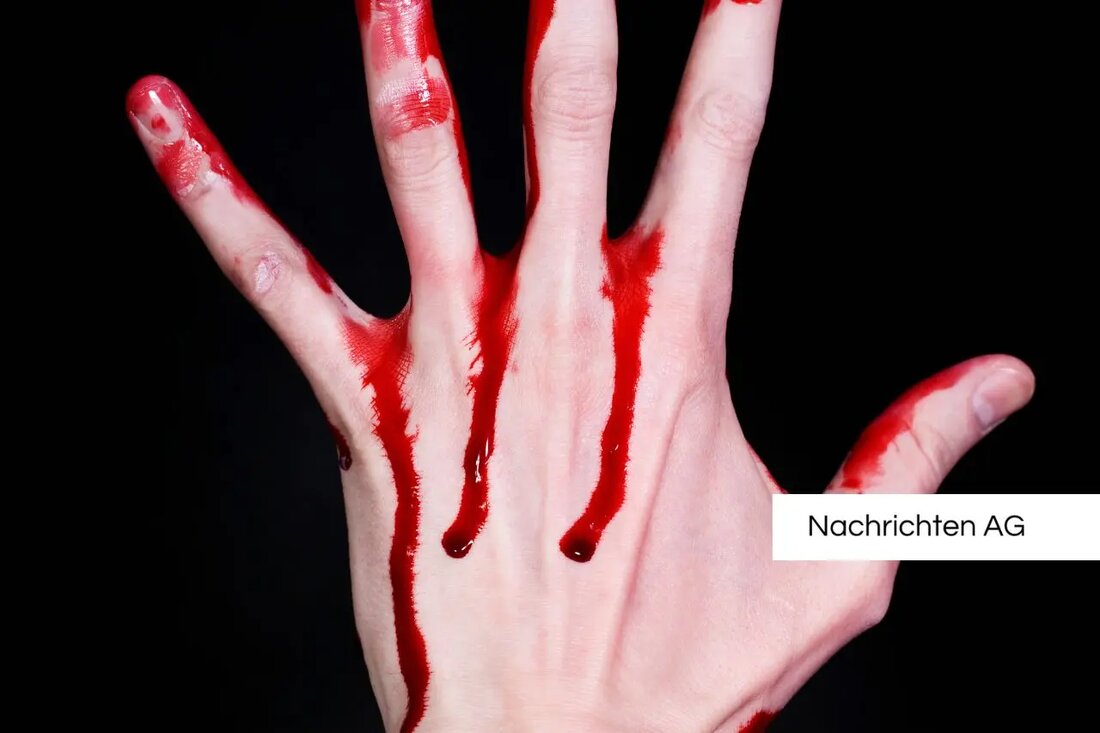Bloody art: René Hausteins extremely emotional performance in Münster
Bloody art: René Hausteins extremely emotional performance in Münster
in the pump house in Münster, an impressive venue, can currently be seen the performance "blood cell" by the Bottrop artist René Haustein. This extraordinary staging is a co -production with body talk and is dedicated to the topic of the unconditional expression by blood. Real blood is used here, which gives the performance a disturbing authenticity that emotionally includes the audience. The appearance of house and its four dancers is characterized by extreme movements and physical violence.
HAUSTINE not only addresses the physical aspects of his art, but also social issues. He criticizes the financial situation in culture and provocatively asks the question: "How should you create a blood count without blood?" This statement illustrates the strong connection that he sees between money and artistic expression. The staging is supplemented by violent representations with butterfly matters that are reminiscent of Hermann Nitsch's controversial mysteries games, although Haustein does not see itself in its tradition. Rather, he sees himself in the line of Joseph Beuys and Christoph Schlingensief.
emotion and provocation
A central motive for performance is the use of a pig mask that acts as an ironic comment on the absence of a real battle. In this way, Haustein tries to cause strong emotions to the audience and to encourage the viewer to think. Hildegard Knef is mentioned to illuminate the topic of illusions in art. In this regard, blood is staged as the only element that is not an illusion.
in parallel to this moving performance in Münster, another art project in Munich ensures controversy. During the urban art exhibition "A Space Called Public/Hopefully public", a Buddha sculpture on the Viktualienmarkt was put on the side. The artist Han Chong has made the engraving "Made in Dresden" visible, which triggered violent reactions from both locals and tourists. Buddhists express outrage about the disrespectful treatment of sculpture, which has led to mobilizations by monks and abbots.
freedom of art in discourse
The discussion about the freedom of art is heated by the demonstrations and the establishment of altars as well as the implementation of meditation practices. A master also warned that an overturned Buddha is unpaving dangerous energy. In a panel discussion, the concerns were expressed what would have happened if a similar treatment of a Koran or David star had been done. The former director of the Lenbachhaus, Helmut Friedel, emphasizes the freedom of art, but also expresses that he does not consider the concept to be great.
In addition, reference is made to an ongoing trial against the artist Jonathan Meese, who is criticized for showing the Hitler salute. These events underline how provocative art often requires a differentiated moderation to avoid unnecessary controversy. Critics noted that the Buddhist communities would have been better communicated in advance to defuse the tensions.
Such events raise fundamental questions about freedom of art, which are always heavily discussed. While part of the audience celebrates these provocative forms of artistic expression, another part sees a potential danger and disregard for cultural sensitivity. Here it becomes clear that art and its representation often stand at the interface of freedom and responsibility, a topic that is of great relevance in today's world.
| Details | |
|---|---|
| Quellen | |


Kommentare (0)